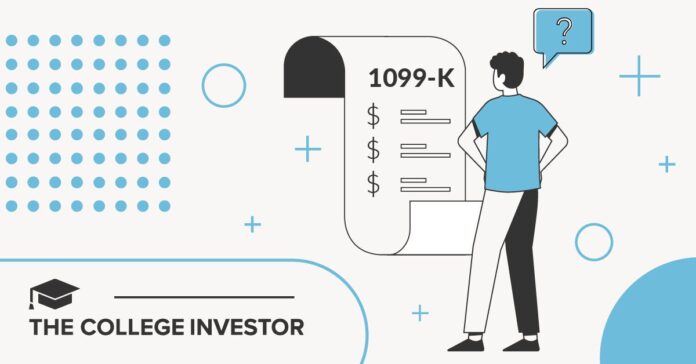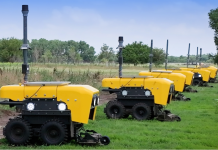Create your very own Auto Publish News/Blog Site and Earn Passive Income in Just 4 Easy Steps
A lot of people are worried about receiving a 1099-K for payments made through CashApp, Venmo, and others – especially if they didn’t operate a business.
Tax situations can vary widely from the very simple to the extremely complicated. In many cases, your tax situation only gets more challenging the older and more established in life that you get.
This is especially true if you start a business or become self-employed. Even side hustles can complicate matters.
While side hustles are a great way to add additional income, they can add complexity and require added tax forms, like the 1099-K form. But what if you receive a 1099-K and you DIDN’T operate a business?
Understanding The 1099-K Form — What Is It?
According to the IRS, Form 1099-K is a report of payments you received for goods or services during the year from the following sources:
- Credit, debit or stored value cards such as gift cards (payment cards)
- Payment apps or online marketplaces, also called third party settlement organizations, or TPSOs
Payment apps include companies like eBay, Payal, or Venmo. There is a payment threshold, below which you won’t receive a 1099-K. In 2023, you won’t receive a 1099-K unless you’ve received over $20,000 in payments and had more than 200 transactions.
Originally the IRS was going to drop the threshold to $600, but they have delayed that indefinitely. In 2024, the IRS says that they are “planning a threshold of $5,000 for tax year 2024.”
Reasons You Might Receive A 1099-K Without Operating A Business
With an increased threshold of $20,000 for tax year 2023, it is less likely that you’ll get a 1099-K if you don’t operate a business, but it can still happen, depending on your specific situations.
Here are some other reasons you might receive a 1099-K:
- You have received personal payments from family or friends like gifts or reimbursements
- Payments for the sale of personal items
- The 1099-K doesn’t belong to you (received in error)
What you do with your 1099-K form will depend on the reason that you received it. Regardless, you must account for it when you file your taxes. Simply ignoring it is likely to raise red flags with the IRS, and may increase your chances of bing audited.
IRS Guidelines And Reporting Errors
Because you receive a 1099-K doesn’t mean that the income included on the form is taxable. The IRS maintains a website explaining what you should do with form 1099-K depending on your situation, but here are the highlights:
- If you sold personal property at a loss, you can report that on Schedule 1
- If you sold personal property at a gain, your profit on the sale is considered taxable income, and should be included on your tax return, generally on Schedule D
- If you are a gig worker, freelancer, hobby seller and other self-employed, then you are considered a sole proprietor and should generally report your 1099-K amount on Schedule C
How To Contact A 1099-K Issuer
There may be some situations when you’ve received a 1099-K form and you need to contact the issuer. Perhaps the 1099-K form does not belong to you or it’s a duplicate. The IRS also suggests that if you receive personal payments from family or friends it also makes sense to contact the issuer.
The issuer’s contact information should be included on the 1099-K form itself, usually in the top left corner of the form. You can ask them to issue you an updated and corrected form with a $0 amount. You should keep a copy of the original form and your communication with your issuer in your records for the tax year, in case you need it down the road. It’s also important to realize that you should not wait to receive a corrected 1099-K form to file your taxes. You still need to file your taxes by the tax due date.
Seeking Professional Advice
While we have attempted to provide correct information in this article, it should not be taken as tax advice. If you received a 1099-K without operating a business, don’t ignore it. If you are unsure of what to do, consult with an accountant or other tax professional. That way, you’ll be able to make sure you’re handling the situation correctly in the eyes of the IRS.
The Bottom Line
Form 1099-K is an IRS form used to report payments received for goods or services during the year from payment cards, gift cards, online marketplaces, and payment apps such as Paypal or Venmo. While the most common reason to receive a 1099-K form is if you are using payment apps or online marketplaces as part of a side hustle or business, there are some instances where you might receive a 1099-K even if you didn’t operate a business.
In that case, it’s important to not ignore it — you need to account for it in some way, whether that is including it as part of your tax return or contacting the issuer for a corrected form. Consult a tax professional if you’re not sure how you should handle your Form 1099-K.
Create your very own Auto Publish News/Blog Site and Earn Passive Income in Just 4 Easy Steps







